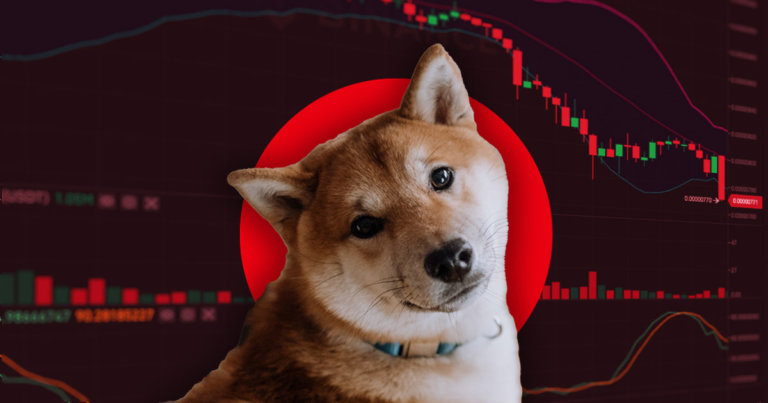 Shiba Inu frenzy: ShibaSwap TVL surges to record $1.56 billion in two days
Shiba Inu frenzy: ShibaSwap TVL surges to record $1.56 billion in two days Shiba Inu frenzy: ShibaSwap TVL surges to record $1.56 billion in two days
Developers addressed the burning issue, but transparency concerns remain as red flags continue waiving.

Cover art/illustration via CryptoSlate. Image includes combined content which may include AI-generated content.
Banking on the Floki frenzy for attracting liquidity providers, Shiba Inu (SHIB) developer’s trading protocol recorded a massive inflow of funds, but its safety concerns raised red flags.
Crypto’s most notorious influencer Elon Musk tweeted on the 25th of June his new Shiba Inu will be named Floki, which resulted in a frantic launch of numerous meme tokens and decentralized applications (dapps), some of which attracted huge attention accompanied by substantial amounts of money.
Mad liquidity in a few days
As of this week, an ERC-20 token on the Ethereum (ETH) blockchain, also known as “the Dogecoin killer,” Shiba Inu has a decentralized exchange (DEX) platform called ShibaSwap.
Wen swap…. #ShibaSwap is now live! https://t.co/h2JK14m1PD #ShibArmy
— Shib (@Shibtoken) July 6, 2021
The DEX launched faster than a rocket, recording $1 billion in total value locked (TVL) within 24 hours, an impressive value that jumped to $1,55 billion during the following day.
1 Billion dollars #TVL (Total Value Locked) in a single day!
Incredible!Come to https://t.co/P8p0pb5uoZ, and Stake (BURY), Farm (DIG), get rewards, and trade your tokens with us. #ShibaSwap #ShibArmy #Crypto $SHIB $LEASH $BONE pic.twitter.com/Ldi5FmvHpH
— Shib (@Shibtoken) July 7, 2021
ShibaSwap promises attractive rewards to liquidity providers for staking and currently has $1.44 billion TVL.
Even though still far behind DEX Pancakeswap (CAKE) with $7,33 billion TVL, it’s much closer to Sushiswap’s (SUSHI) total liquidity, which sits around $2.73billion.
Initial alerts. But concerns thwarted
Equally as fast as attracting liquidity, the trading protocol earlier raised concerns and prompted warnings.
The alarm was sounded with a major concern regarding the protocol’s staking contract being under the control of a single address since day one.
Developers reacted to this and allegedly corrected the issue by transferring the owner role to a 6/9 Gnosis Safe, a successor to the Gnosis Multisig.
Multi-signature enables an access and control scheme through multiple signers that need to confirm transactions and in this case, the safe has 9 members, meaning it requires a minimum of 6 agreeing to a transaction before it can call an arbitrary code.
ShibaSwap devs reached out and transferred the owner role to a 6/9 multisig. They also informed they plan to deploy a timelock. The above concern has been addressed.https://t.co/SKju3CjeOr
— banteg (@bantg) July 6, 2021
As it turns out, multiples of these Safe Owners were new accounts with no transactions and no Ethereum, raising suspicion they belong to the protocol’s developers.




















































